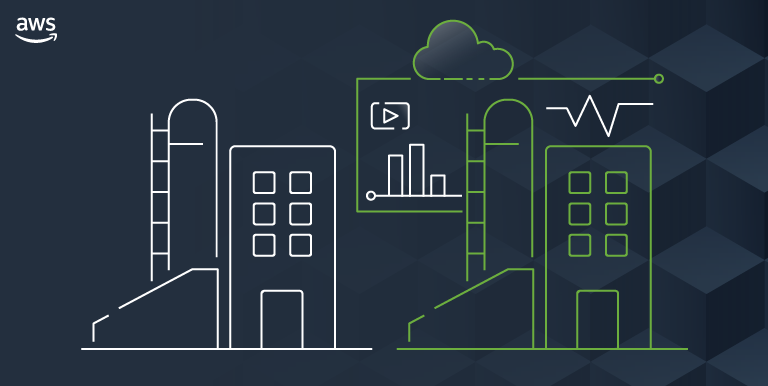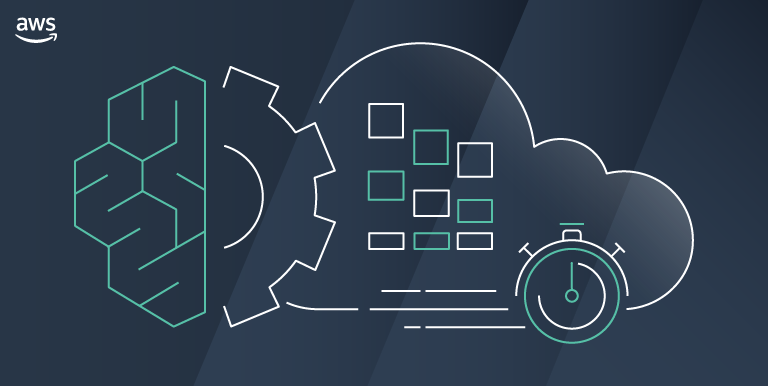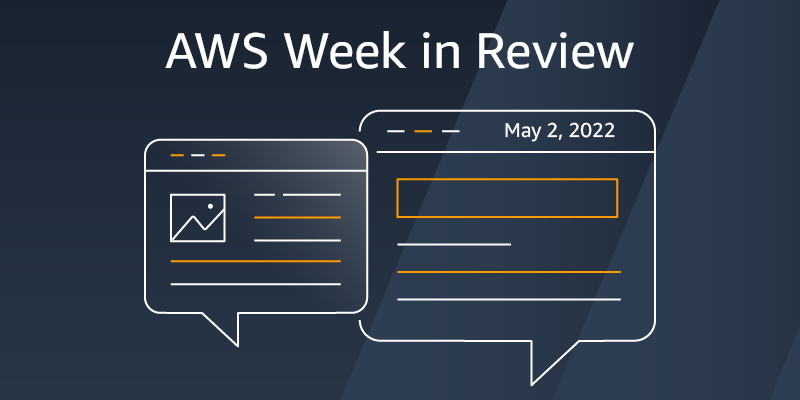12 Jun
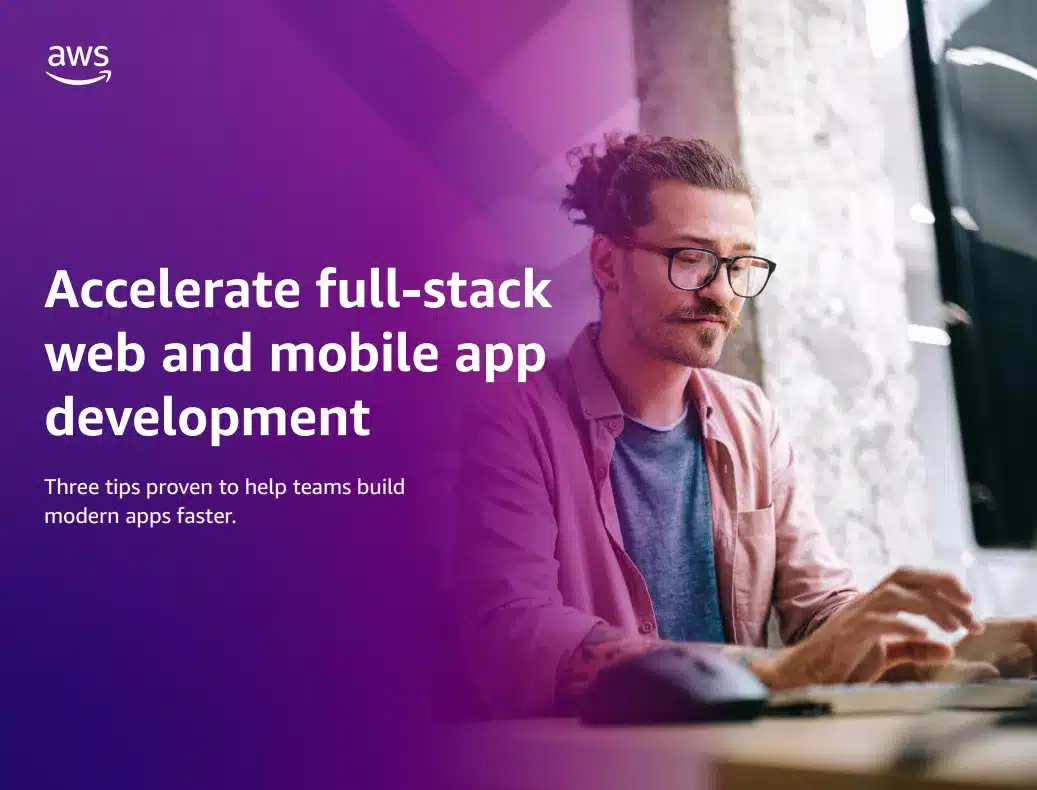
Introduction
front-end developers create a differentiating user experience for their apps using front-end programming languages like JavaScript, Swift, or Kotlin, popular frameworks like React, React Native, Flutter, or Angular, and tools like integrated development environments (IDEs). They code the presentation layer of apps, access and integrate data through APIs, and build cloud-powered features such as video or chat with real-time and offline capabilities for their web or mobile application. While front-end developers may be experts in building user interfaces, they are typically not cloud experts. Building and connecting cloud functionality into a mobile or web application can be complex and time-consuming, reducing the time front-end teams can use to focus on developing the user experience
AWS Can Help
Help your front-end teams be more productive with development tools and frameworks that reduce the amount of code needed to accomplish common use cases. Leverage frameworks with deep capabilities for the most complicated tasks—such as authentication and data access—and look for advanced features to handle caching, reconnection, data synchronization, and conflict resolution. Select tools that simplify development without sacrificing the flexibility to customize or extend code-based app features. Choosing tools that reduce the cloud learning curve results in quicker setups, faster workflows, and automated security—giving front-end teams the freedom to focus on the problems they’re solving for your customers.3
AWS Amplify
AWS AppSync
![]()
is a serverless GraphQL and Pub/Sub API service that simplifies the development of modern web and mobile applications. AWS AppSync handles the heavy lifting of securely connecting to data sources like Amazon DynamoDB and AWS Lambda. AWS AppSync offers fully managed GraphQL API and Pub/Sub API setup, administration, auto-scaling, and high availability.AWS AppSync GraphQL APIs simplify application development by providing a single endpoint to securely query or update data from multiple databases, microservices, and APIs. Use GraphQL to power your applications with the right data, from one or more data sources, with a single network request. AWS AppSync securely connects your GraphQL API to data sources like AWS DynamoDB, RDS, OpenSearch, and Lambda. And easily add caches to improve performance, authentication to secure your data, and client-side data stores that keep off-line clients in sync. AWS AppSync Pub/Sub APIs simplify the creation of engaging real-time experiences by automatically publishing data updates to subscribed API clients via serverless WebSockets connections. Publish real-time data updates from any event source to subscribed web, mobile, and IoT clients by extending your GraphQL API to include subscriptions. Or start with a simple Pub/Sub API without GraphQL. Either way, AWS AppSync handles the creation of serverless WebSockets connections, message broadcast, and fan out to up to millions of connected clients. AWS AppSync offers integrations with other AWS services, making securing, monitoring, and troubleshooting APIs easy. These services include: 1. AWS WAF to protect APIs from common web exploits 2. Amazon CloudWatch for managing metrics and logs 3. AWS X-Ray for tracing the behavior of distributed applications 4. AWS CloudTrail for monitoring audit logs in real time7
AWS Lambda
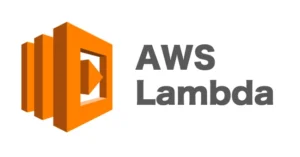
AWS Lambda, a serverless, event-driven computing service, is a great place to start. With AWS Lambda, you only need to write code for the business logic. AWS Lambda is event-oriented, meaning it sits idle until an event is triggered and the system is powered into action. In fact, you can automatically trigger AWS Lambda functions from over 200 AWS services and SaaS apps—without writing a single line of integration code. Once the event is triggered, resources are automatically spun up and down to meet the need of the task—at millisecond speed. There is no need to provision or configure infrastructure, and you pay only for what you use. This means faster time to production at the lowest possible TCO. AWS Lambda offers maximum agility with minimal operations, but sometimes you may find that finely tuning infrastructure adds value to your business. Your teams can continually complement AWS Lambda with container services on AWS, namely Amazon ECS and Amazon EKS.10
Conclusion
